Yellow kiwifruit has more calories and vitamin c than green kiwi but their plant and leaves are mostly the same. Golden kiwi is a lot like green varieties, full of vitamins and minerals. That’s why these fruits are a great choice as a healthy snack. Kiwi is low in fat, cholesterol, and sodium. All types of kiwifruit including green, yellow, and red kiwi are among the most nutritious fruits. anyway, there are slight differences in their nutritional value. For instance, two green kiwis have 90 calories, while yellow kiwi has 110 calories.
Green kiwis have more potassium than a medium-sized banana, however yellow kiwis have the same potassium content as a banana. The Yellow Kiwi is a new cultivar with smooth skin and a sweeter flavor than regular kiwis. You may eat this yellow kiwi whole or peel it and use it in smoothies, fruit salads, or desserts. The kiwi tree can reach a height of seven and a half meters. Kiwi has huge, fleshy roots, and leaves, which affect evaporation, transpiration, and gas exchange in the plant. Kiwi is a year-round tree that produces less in subsequent years if it produces a lot in one year.

Kiwifruit yellow
Yellow kiwifruit is sweeter and has a smooth texture than green kiwi, which has a tangier and much more tropical flavor. The delightful taste of the golden kiwi makes it an excellent complement to ice creams, pies, and cakes, or they can be presented as a treat on their own. Color, texture, and flavor distinguish gold kiwis from regular kiwis. The skin of the Gold Kiwi is bronzed, smooth, and hairless, with paper-thin skin. The tasty black seeds are scattered throughout the yellow flesh. It has an oval form with a blunted tip at the stem end.
The whole fruit of the gold kiwi is edible. Gold kiwis can be used in place of green kiwis in almost any recipe that calls for kiwis. They will have a slightly acidic taste, which should be evaluated if looking to reduce the intensity of fats in dairy or meats with an acidic fruit. Gold kiwis work well in savory dishes, as well as cold and warm soups, sumptuous sweets like granitas, and fruit tarts. Salads and drinks using yellow kiwis have a tropical flavor.
Passion fruits and bananas, as well as bright vegetables like mint and cilantro, nuts such as cashews and macadamias, and mellow fruits such as apples and cucumbers, go well with gold kiwis. Gold kiwi can be used to enhance a variety of ethnic dishes.
Yellow kiwifruit calories
Kiwi is a unique fruit that is rich in nutrients such as vitamin C, vitamin A, calcium, and iron. There are two types of golden and green kiwis available in the market today, the nutrients in these two types of kiwis are almost the same and there is no significant difference. Kiwi due to its high fiber content causes satiety in the person and can be used in slimming diets. A green kiwi has an average of 46 calories. Every 100 grams of golden kiwi has 53 calories. As a result yellow kiwis are containing more calories than green ones.
If you are looking to lose weight, kiwi is a great solution to put into your daily diet. Kiwi also includes soluble fiber, which suppresses hunger and hence reduces the sense of satiety. Although all forms of kiwis are nutrient-dense, the nutrition of yellow kiwis is particularly amazing. They have the largest vitamin C content of any other regularly consumed fruit.
Kiwis are also over 90% water, which could also assist the body stay hydrated. When eating kiwifruit, make sure to clean it as well. Using a spoon, dig out the insides and eat whole or sliced. However, you can use a matching knife to carefully peel them before slicing them. After you’ve cut the kiwi, don’t wait any longer to eat it since kiwi contains natural enzymes that tenderize the fruit and turn it soft.

Kiwifruit yellow leaves
Your kiwi leaves may be turning yellow due to a nitrogen deficit. Kiwis are nitrogen-hungry plants, and fading leaves indicate that they aren’t getting sufficient. During the first half of the vine’s growing season, you’ll need to add a lot of nitrogen fertilizer. Yellow leaves can also suggest a lack of potassium, phosphorus, or magnesium. Take a sample of your soil and have it tested if you are unsure about it. Check the planting place when the edges of the kiwi leaves turn yellow or brown.
Kiwis require sunlight to survive and grow fruit, but if the sun is too intense for too long, the ends of the leaves may be scorched. Leaf scorching is the name for this condition. It can also be caused by insufficient watering during a drought. Too little water might cause the leaves to fall off the branch over time, leading to complete yellowing leaves. During the hot summer months, kiwi plants must be irrigated on a regular basis. The first few years of creating a healthy root system are crucial to the success of kiwi producers.
A warm root system, soil nutrients, and plenty of water are three essential requirements. For kiwi growth, a location with full light and well-drained soil rich in organic matter is optimal. If the soil is excessively basic, the leaves may display signs of nitrogen deficiency. Salted soils are not suitable for the plants. It can handle light shade but prefers a sunny setting where it may ramble across a trellis structure. They should be protected from harsh winds in some way.
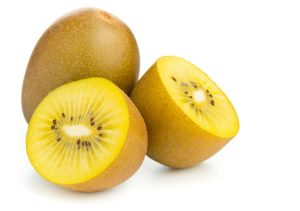
Yellow kiwifruit plants
When you’re ready to plant a yellow kiwifruit, dig a hole big enough to fit the roots in without crowding them. Slow-acting ingredients, such as rock phosphate, kelp meal, and fertilizer, can be added to the planting hole’s ground. Sandy soil with enough humus is ideal for planting and growing kiwis. Due to its high yield and profuse vegetative development, the kiwifruit is exceedingly ambitious and greedy for soil resources. These trees have an extremely large root system.
The best results are obtained by mixing equal amounts of manure and pneumatic sand. Irrigating the trees properly is one of the most crucial aspects of kiwi gardening. The kiwifruit tree requires a lot of water, but too much watering might damage it, thus watering it in the summer should be done cautiously. To prevent the soil from becoming mud, keep the roots in properly moist soil for the first year.
Since young kiwi seedlings are susceptible to dryness during the dry season, irrigation and soil moisture are critical considerations for constructing kiwi orchards. Excessive heat, cold, or rainy weather are not tolerated by kiwi trees. Kanya, Zimbabwe, India, Italy, Japan, Chile, Australia, the Netherlands, the United States, New Zealand, Turkey, Iran, and several other countries have good climate conditions to grow kiwi plants.
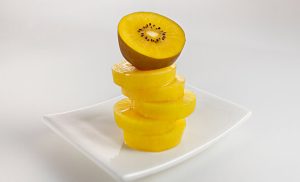
Yellow fleshed kiwifruit
Since the commercial release of the yellow-fleshed kiwifruit variety, many producers concentrated on breeding more yellow-fleshed kiwifruits. Yellow kiwi consumption decreases mood disorders, exhaustion, and boosts energy and activity, and vitamin C in yellow kiwi helps to improve mood. For some fungal species, such as Fusarium oxysporum, the actinidin protein in yellow kiwi exhibits antifungal characteristics that the protein in green kiwi does not. Due to its high fructose level, golden kiwi has a softer and sweeter flavor than green kiwi.
Golden kiwi is six times sweeter than white sugar, and because it is a lump of natural sugar, it has very minimal influence on blood sugar levels and may be safely taken. Green kiwi has a coarser texture than yellow kiwi and a sharper, sourer flavor than golden kiwi, with less fructose than golden kiwi. This fruit has a sweeter flavor than green kiwi and tastes like a mix of mango and strawberry. There is a noticeable variation in appearance between green, red, and golden kiwi. The skin of a green kiwi is brown, and it has an oval shape. Golden kiwi, on the other hand, has lighter brown skin that is silky and lint-free.
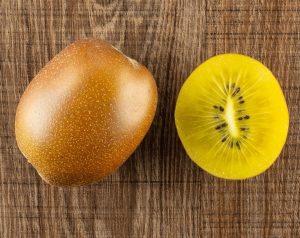
Benefits of yellow kiwifruit
Vitamin C, a key antioxidant that can naturally boost collagen formation, is abundant in yellow kiwi fruit. Kiwis are abundant in vitamin C, which can help keep your skin firm and youthful-looking, as well as encourage strong hair strands. Most people think of oranges as having a lot of vitamin C, however, a dose of kiwi fruit has even more vitamin C than a medium-sized orange. Because the body cannot produce vitamin C, getting enough of it through diet is critical for protecting the body from harmful viruses.
Kiwis are high in fiber, which is necessary for preventing constipation and maintaining bodily regularity. Green kiwifruit, in particular, includes actinidin, a natural digestive enzyme that can break down protein and improve stomach and intestinal performance. The high amounts of vitamin C in kiwi fruit acts as an antioxidant, assisting in the struggle against free radicals in the body, which not only promotes healthy aging but also helps to avoid the development of chronic diseases such as cancer and heart disease.
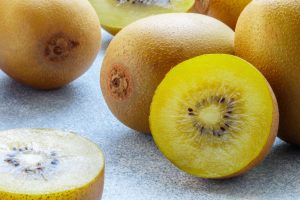
Folic acid is necessary for the proper growth of a baby’s brain and spine during the initial stages. Kiwis, particularly the gold kind, are high in folic acid and make a delightful and healthy snack.



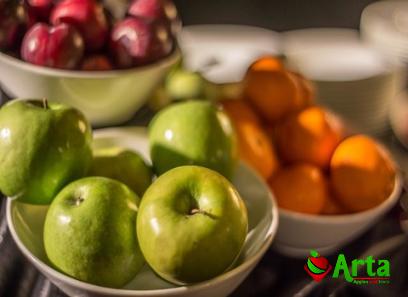
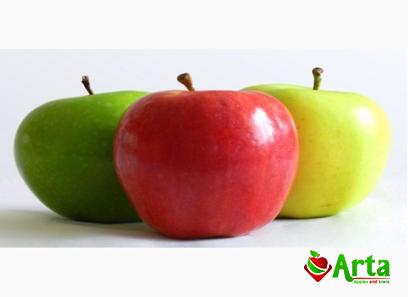
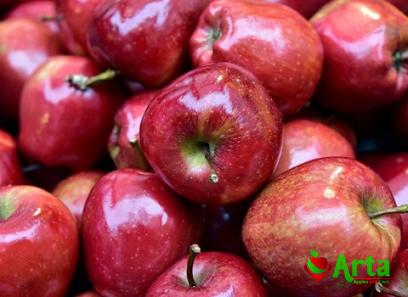
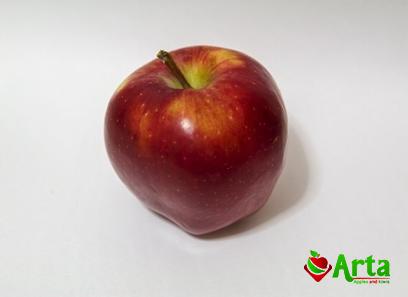
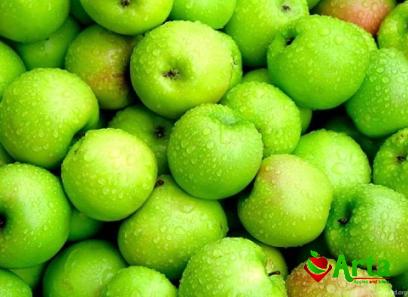
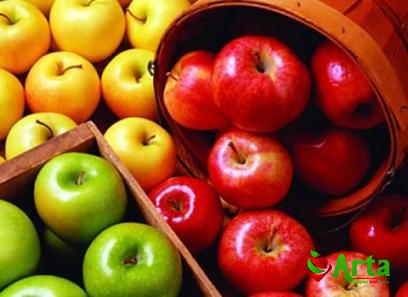
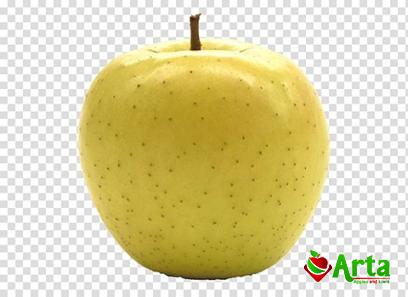
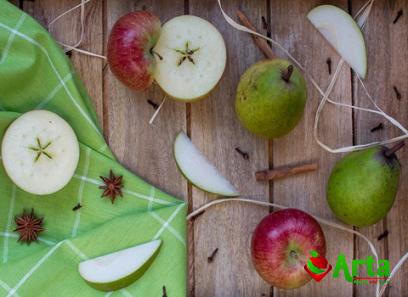
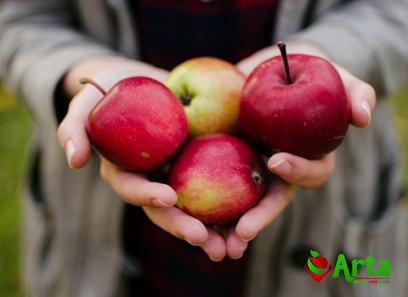
Your comment submitted.